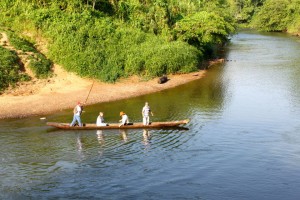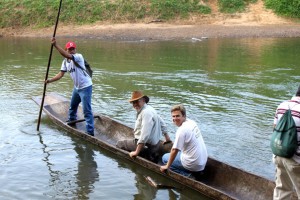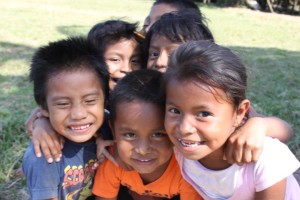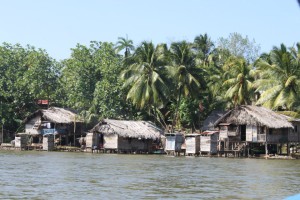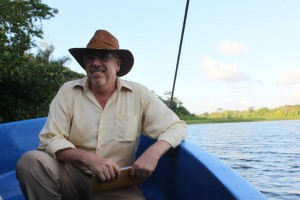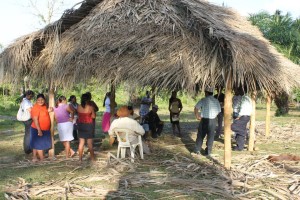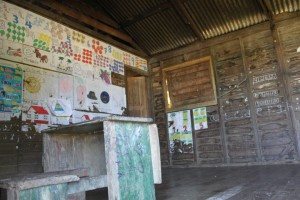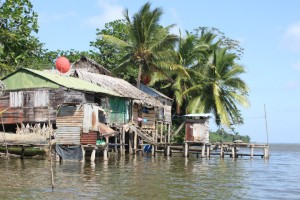|
If 2011 and 2012 brought CO2 Bambu to the Autonomous Region of the Atlantic North (RAAN), 2013 will be the year that opens the path for a long term presence in the Autonomous Region of the Atlantic South. With the help of ProNICaribe, a governmental entity whose mission is to support foreign investment in the Caribbean Coast, CO2 Bambu sought to initiate dialogue with stake holders in the RAAS. The initial exploration of RAAS business and impact opportunities came through by looking at the need for schools in the region. We first met with Ministry of Education officials in Managua, then travelled to RAAS to talk with local officials and visit communities in need of schools. A key partnership for CO2 Bambu will seek to establish will be with BuildOn, a US NGO that has had tremendous impact in Nicaragua over the past 11 years, having built 93 schools to date. BuildOn is exploring how to extend their footprint, until now limited to the Pacific Coast, and CO2 Bambu seeks to team up with BuildOn in order to accelerate / facilitate Ministry of Education decision to deploy bamboo schools. With over 500 schools built all over the world, BuildOn has a sophisticated, inclusive methodology that prioritizes participation by community members, municipalities, donors and MINED. Meeting with the Governor of the RAAS and the head of the regional parliament allowed us to scope the range of opportunities. Specifically, we were briefed on the multi-ethnic composition of the RAAS, a melting pot of 6 different ethic groups, each with its own language and idiosyncracies. These ethnic groups are Afro-descendent Creole, Garifuna, Miskito, Mestizo, Mayagna and Rama. The economic profile of each community is quite different. On top of this, the geography of Bluefields is challenging. While one part of the regional capital is on the main land, a sizeable part of the Bluefield communities live spread across an archipelago of islands. The region of RAAS has a large stock of high quality guadua. CO2 Bambu’s challenge will be to deploy quickly demonstration units so as to show the potential of guadua as a building material.
|
| The river winds through Rosita and can only be crossed by canoes, which are carved from local timber.tion |
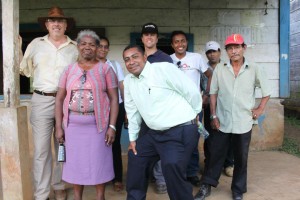 |
| Add captMeet the “Prof” – she has been teaching at this school for 30 years!ion |
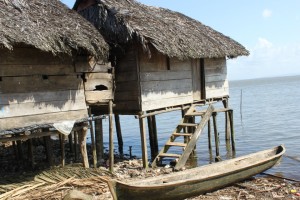 |
| Ramacay community lives on this small island of stilted homes, an hour by boat from Bluefield. 115 families all of the ethnic group known as the Rama. |
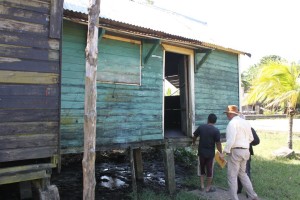 |
| We visit the current school. It is precariously balanced over rotting pillars on a swampy spot.Add caption |
